Twelve Classic Black and White Landscape Photography Books
One Comment
When I came to America in 1993, my knowledge of past photographers was mostly limited to photojournalists working in the tradition of Cartier-Bresson whose humanist approach dominated the French photography scene. Discovering the landscape work of f/64 West Coast photographers such as Ansel Adams or the Westons in Bay Area museums and galleries was a revelation. The prints were by far the most beautiful I had ever seen. For practical reasons, I ended up working primarily in color, but it is the sight of those brilliant black and white prints that inspired me to take up large-format photography and concentrate on the landscape.
Maybe because that’s not my main focus of practice, I still particularly appreciate black and white work, to the point that books of black and white photography make up about half of my collection. As a continuation of my selections of classic color nature photography books (part 1, part 2), here is a first selection of black and white landscape photography books. They are from photographers who are no longer with us and span more than a century and a half of photographic history. The books are all from my collection, and I have paired them. Although the photographers on this list have derived much inspiration from the natural world, unlike for the color books that consisted almost exclusively of natural landscapes, most have seamlessly incorporated explorations of the hand of man in their landscape work.
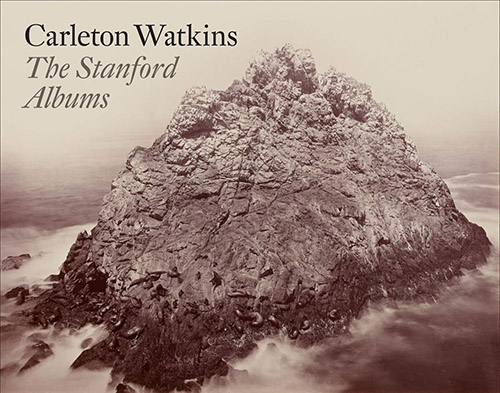
Carleton Watkins: The Stanford Albums (2014)
Carleton Watkins (1829–1916) is often considered the greatest American photographer of the nineteenth century. His influential landscape work helped shape America’s idea of the West, as well as
establish Yosemite as the first protected public land in 1864. He brought a new standard to landscape photography with his refined compositions and his innovative use of a “mammoth” 16×22″ glass plate camera – necessitating 2,000 pounds of equipment. While Carleton Watkins: The Complete Mammoth Photographs gives a more comprehensive account of his fifty-year career, the small reproductions hardly convey the richness of the prints. The Stanford Albums comprises only three albums, two of which consist of a mix of natural and man-made landscapes along the Pacific Coast and Oregon, and one photographs of Yosemite Valley. However, they are representative of Watkins work and reproduced on full pages at 14×11″.
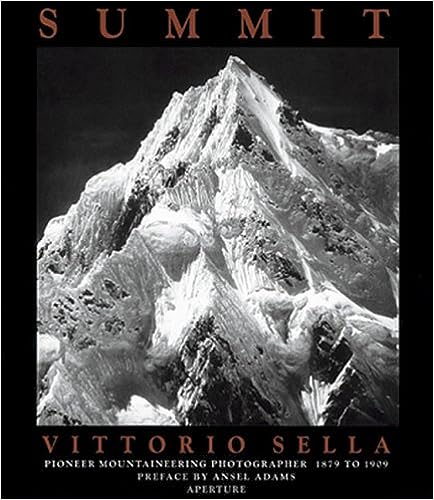
Vittorio Sella: Summit – The Years 1879-1909 (1999)
Working with negatives up to 10×15″ more than one century ago, the Italian photographer and significant mountaineer Vittorio Sella (1859-1943) produced images that many still consider to be the pinnacle of mountain photography. By contrast with earlier 19th images like those of Watkins, Sella’s images display contrast and skies similar to modern prints. It is amazing that such wide-ranging photographs, including the Alps, Caucasus, Mount Saint Elias, the Ruwanzari in Africa, and the Himalayas, were made without the benefit of
modern mountaineering or photographic equipment. From an artistic point of view, Sella was also ahead of his time with his powerfully composed, crisp, modernist pictures, at a time when art photography was dominated by pictorialism.
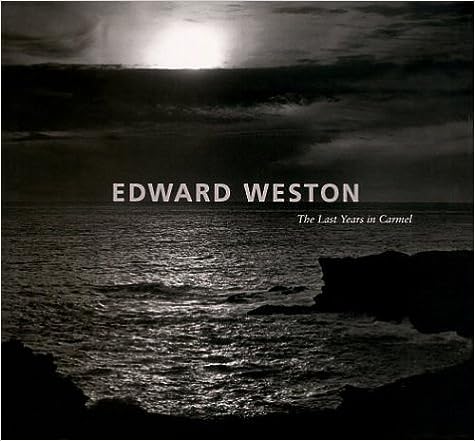
Edward Weston: The Last Years in Carmel (2001)
While Edward Weston (1886-1958) is better known for his treatment of form and shape in still lifes and nude work, he also made great contributions to landscape photography that reflect those interests. While there are several excellent surveys of his work, including the comprehensive Legacy and the superlatively printed
Life Work, none of them covers well his last creative years from 1938 to 1946, which is the subject of this book. Like Beethoven’s late string quartets, those images, especially the dark and moody landscapes from Point Lobos, are more complex and emotional works than the ones he is most known for, the virtuoso farewell of an artist in complete mastery. A beach in Point Lobos is now named “Weston Beach”. The Point Lobos photographs that form the heart of this book appeared previously in the now-scarce 1950 spiral-bound book co-published by Virginia Adams and Houghton Mifflin My Camera on Point Lobos, however The Last Years in Carmel is affordable and also includes family portraits and nudes of the same period.
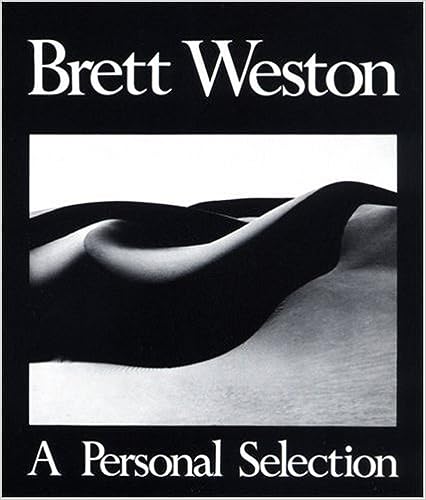
Brett Weston – A Personal Selection (1986)
The second son of Edward Weston, Brett Weston (1911-1993) had a one-man museum retrospective at age 21 and may have influenced his father as much as receiving influences from him. His work is formally characterized by the use of high contrast, shadows, and prominent negative space. His photographs often transform natural subjects through a strong sense of abstraction. The reproduction quality of earlier books is lacking, but the gallery Photography West that he co-founded in Carmel in 1980 published two excellent 12×14.5″ retrospective monographs of his work with modern printing techniques during his lifetime: Master Photographer and A Personal Selection. The former contains the more acclaimed photographs, while the later consists of photographs selected by Brett from an archive of mostly unpublished images, including Mendenhall Glacier (1973), which is now recognized as one of his greatest works.
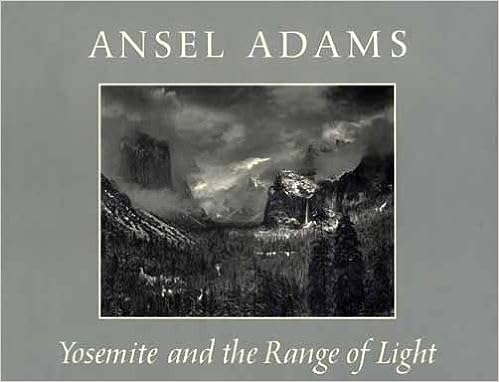
Ansel Adams: Yosemite and the Range of Light (1979)
Ansel Adams (1902-1984) photographed seriously in Yosemite since the 1920s, creating the seminal Monolith in 1927. However, it wasn’t until 1949 that Virginia Adams and Houghton Mifflin co-published the now-scarce spiral-bound book My Camera in Yosemite Valley, the first of many books by Ansel Adams dedicated to his stomping grounds. His name was not yet synonymous with Yosemite among the public. By the year 1979, when Yosemite and the Range of Light was published, Adams had become one of America’s most beloved artists. Within 5 years, 250,000 copies were sold, making it his best-selling book. During book signings, hundreds lined up for up to four hours. Unlike contemporary books, those were high-quality productions supervised by Adams that gave ample room to more than a hundred photographs with their 15×12″ trim size. They were priced accordingly at $75, which is $300 in 2023 dollars. It is astonishing that at that price, so many sold. The benefit is that plenty remain in circulation so that you can buy a used copy for a song. I even found a signed copy for less than $50. By the way, I have devoted an entire article to Ansel Adams books, but I felt that a list of black and white landscape photography books without one of his titles would be incomplete.
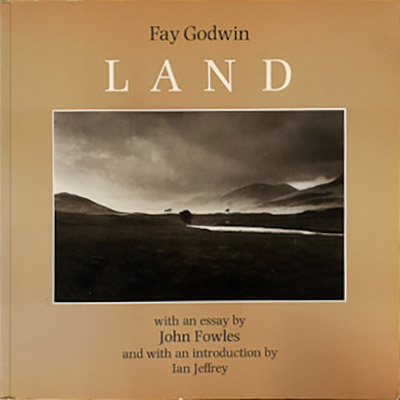
Fay Godwin: Land (1985)
Although British photographer Fay Godwin (1931-2005) touched several genres, she is mostly remembered for her landscape work. Her later work, such as
Our Forbidden Land (1990) highlights environmental and political concerns, but Land at first appears a book of pure landscapes picturing Britain as ancient terrain worn down by the elements, with a beautiful synergy between the skies and the land. Despite the subtle but full range tonality, they are not romantically aestheticized landscape images, but point in a documentary way to elements of land use. The tension between the natural and the human is reinforced by subtle symbolism and the careful combining and sequencing of images.
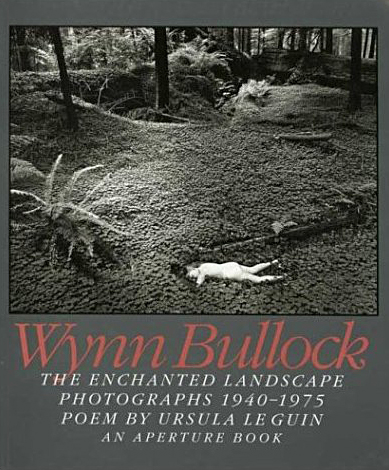
Wynn Bullock: The Enchanted Landscape – Photographs 1940-1975 (1993)
Wynn Bullock (1902-1975) worked almost exclusively near his home in
the Monterey Peninsula, yet in his pursuit of what exists in the world
beyond ordinary perception, he created mysterious photographs that
reached a universal, almost metaphysical quality. Their metaphorical meaning reveal the extraordinary behind the surface of things.
Wynn Bullock: The Enchanted Landscape (1993) was not published during Bullock’s lifetime, nor is it the most comprehensive account of his work, however it is a sentimental favorite. When I saw it shortly
after its publication, the work immediately caught my attention, and
it was only the second book of black and white photography that I
bought. It presents an excellent selection of work in an
engaging way, and true to its subtitle puts emphasis on the
landscape. See a detailed
review and comparison of all the four major Bullock monographs.
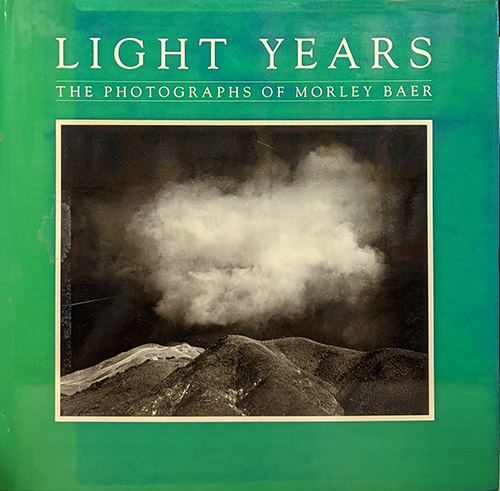
Morley Baer – Light Years (1988)
Morley Baer (1916-1995) was one of the world’s
leading commercial architectural photographers. Like Bullock, he was greatly influenced by Edward Weston, lived around the Monterey Peninsula area for the later part of his life, and eventually started to concentrate on his personnal black and white landscape work. Some of that work had come out of extended stays in Spain or travels in the American West, but for the most part he rarely ventured far from this home on the Central California Coast. The similarities end there. Working with the same Ansco 8×10 all his life, Baer was more drawn to classicism than to experimentation, with a photographic approach rooted in the love of place rather than the search for truths. Wandering endlessly through backyard backroads, he sought commonplace subjects, often landscapes with a human imprint, that he transformed through a keen sense of form and light.
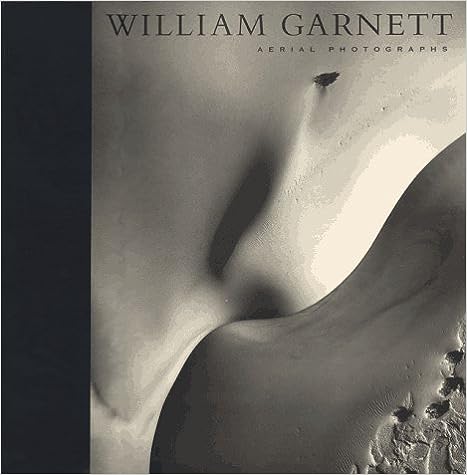
William Garnett – Aerial Photographs (1996)
William Garnett (1916-2006) learned how to pilot a plane so he could photograph the American landscape. He would fly more than 10,000 hours, simultaneously piloting a light Cessna 170B while photographing out the window. Possibly the first person to use aerial photography as an art form and certainly the first aerial photographer to earn a Guggenheim Award, he took aerial photography beyond scientific and commercial functions with highly abstract photographs emphasizing patterns and textures not visible from the ground.
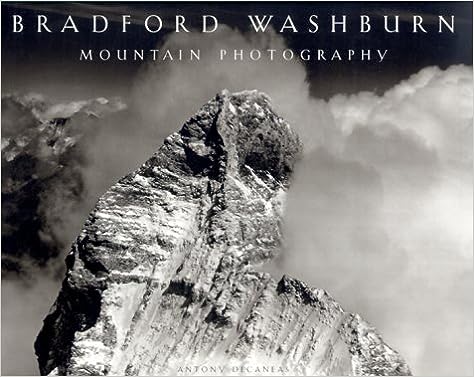
Bradford Washburn – Mountain Photography (1999)
Bradford Washburn (1910-2007), called “America’s Boldest Mountaineer” by David Roberts, did not limit his extraordinary efforts in the mountains to climbing. He viewed himself as a photographer who climbs rather than a climber who photographs. Besides expedition photographs in numerous mountain ranges, he deployed a specialty 8×10 camera to make aerial photographs in the Alaska mountains, the scene of his best-known ascents. Some of those helped him discover the West Buttress route, which has since become the trade route to the Denali summit. Made with the sensitivity to relief from an accomplished cartographer and the attention to light from a photographer, they reveal in remarkable clarity the workings and beauty of natural landforms.

Michael Smith – A Visual Journey (1992)
Michael A. Smith (1942–2018) exclusively produced contact prints using negatives of varying sizes such as 8×10 inches, 8×20 inches, and 18×22 inches. These prints possessed a remarkable depth of tones and an exceptional level of detail that couldn’t be replicated through the enlargement process. He founded Lodima Press to self-publish his work to unprecedented high standards of printing. Holding Tuscany: Wandering the Back Roads, Vol. 2 side by side with the corresponding contact prints, I was barely able to see any differences. Michael has published a number of location-centric monographs, but A Visual Journey remains the book that gives the best overview of his work. Fold-out pages present images in the panoramic format which he had been favoring in his later work. He managed to blend the appeal of the subject matter with an abstract touch, resulting in photographs whose beauty originated from harmonized spatial, tonal, and textural elements that interacted synergistically.
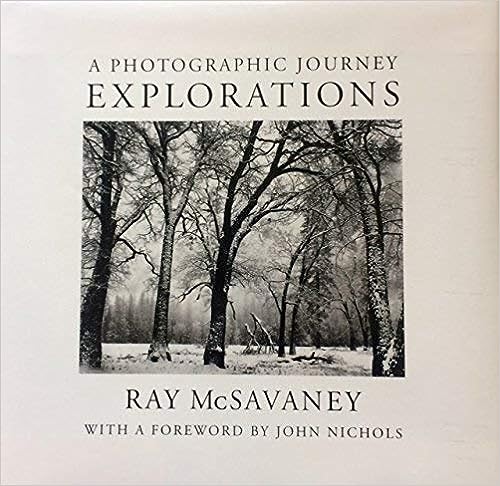
Ray McSavaney – Explorations (1992)
A classic West-Coast f/64 large-format black and white photographer, mostly known for landscapes, Ray McSavaney (1938-2014) was possibly the heir to Ansel Adams. He discovered new darkroom techniques that enabled him to handle subjects with extreme contrast, but also enjoyed working within a reduced tonal range. His prints characterized by tonal perfection bear the mark of a superlative craftsman. A self-effacing, quiet, and gentle person, Ray was almost allergic to promotion to the point that the exhibit of his work that my wife and I mounted in 2008 at our since-closed gallery at the Bergamot Station in Santa Monica was possibly his most comprehensive retrospective, encompassing 35 years of work. Inventive, nuanced, distanced, and probing, the work encompasses a surprisingly wide range of subjects. This is reflected in his self-published Explorations, which deftly mixes urban environments, ancient ruins, and natural landscapes, including a singular take on Yosemite in the “Walking Trees” series.
If you have any favorites that fit within the parameters of this list, please mention them in the comments!


Thank-you Qt for your 12 favorite book list. I do have some of Ray McSavaney books for sale (hardcover-new) are available for $50.00 plus shipping (usps media mail). You can send me a email to raymcsavaneyarchive@gmail.com
Ray’s work is in the collection of the Huntington Library in San Marino, the Center for Creative Photography in Tucson, the LA Public Library,Portland Art Museum and the Santa Paula Art Museum.
Ray just recently had some of his botanical photographs published in the the Autumn 2023 Issue of Silvergrain Classics Magazine.
Ken Karagozian